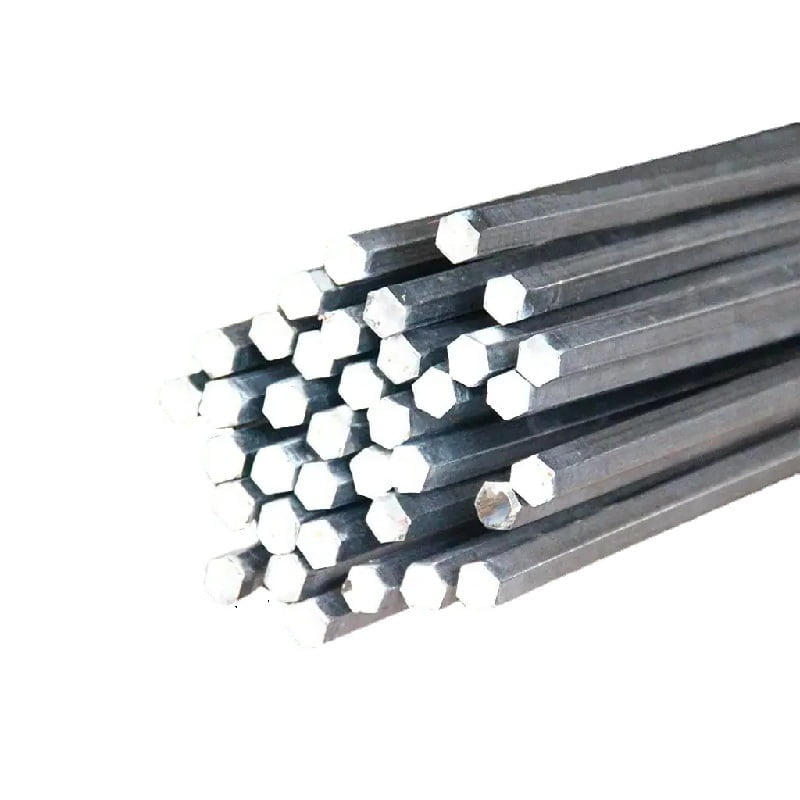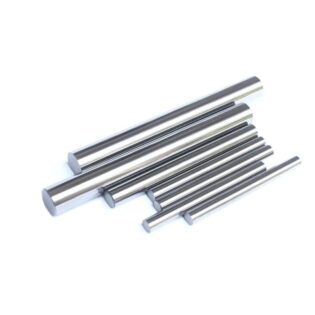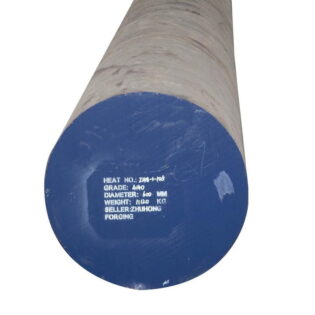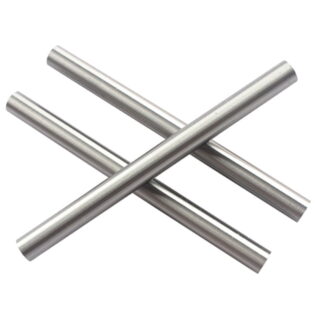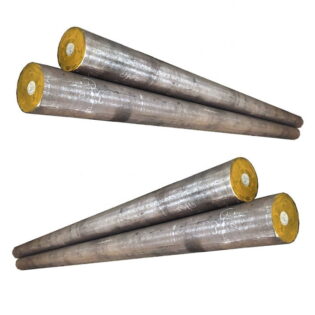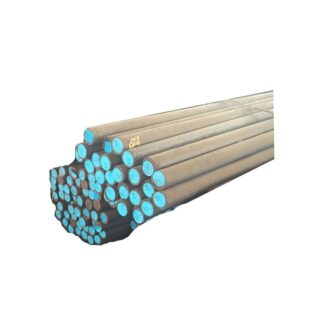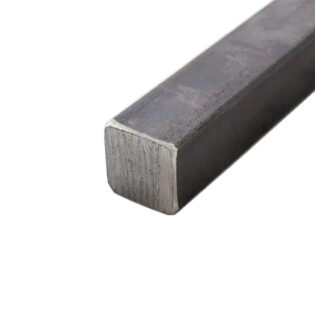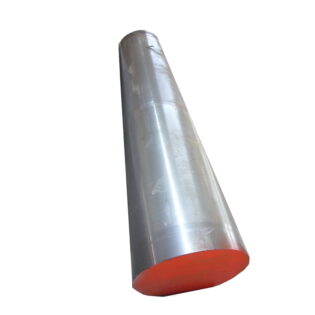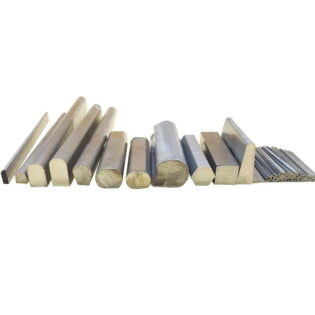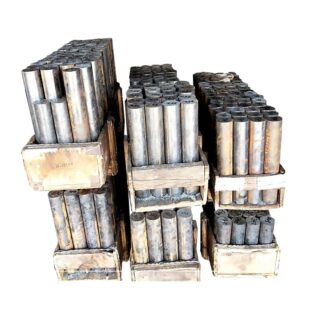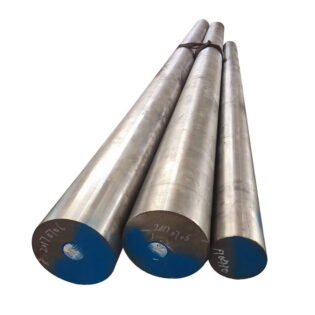SUM24L Description:
SUM24L free cutting structural steel, Japanese standard. SUM24L free cutting structural steel, free cutting steel is easy to be (turning, milling, pulling, planing, drilling, etc.) cutting steel, also called automatic machine tool processing steel, referred to as automatic steel. It is to adapt to the automation of mechanical processing and flow line production. This kind of steel can use high cutting speed and deep turning machining, and since joining the free-cutting steel elements make cutting resistance decreases and the join of the element itself characteristics and formation of the compound ACTS as lubricate cutter blade, make the chip easy broken, reduce the wear and tear, thus improve the roughness and precision of the processed parts, improves the knives’ service life and production efficiency.
SUM24L Cutting Note:
During the cutting process, strong friction occurs between the tool and the workpiece, which makes the lead particles in the steel melt. Precipitation, which plays a role of lubrication to improve the cutting performance of steel, make the steel chips finely, reduce tool wear, and ultimately extend tool life.
Compared with lead-free steel, the cutting performance of lead-containing steel can be increased by 20-50%, while the mechanical properties and heat treatment performance remain basically unchanged, and it has no effect on cold and hot workability and weldability.
Lead free-cutting steel has been widely used as an important part of manufacturing precision instrument parts, auto parts, and various types of machinery. However, lead free-cutting steel has low contact fatigue, so it is not suitable for parts such as gears and bearings that bear large fatigue stress loads.
SUM24L Chemical Composition:
| C(%) | Mn(%) | Pb(%) | P(%) | S(%) |
|---|---|---|---|---|
| ≦0.15 | 0.85-1.15 | 0.10-0.35 | 0.04-0.09 | 0.26-0.35 |
SUM24L Mechanical properties:
| Yield Rp0.2 (MPa) | Tensile Rm (MPa) | Impact KV (J) | Elongation A (%) | Reduction in cross section on fracture Z (%) | As-Heat-Treated Condition | HBW |
|---|---|---|---|---|---|---|
| 267 (≥) | 415 (≥) | 21 | 11 | 43 | Solution and Aging, Annealing, Ausaging, Q+T,etc | 314 |
Physical properties:
| Property | Density kg/dm3 | Temperature T °C/F | Specific heat J / kgK | Thermal conductivity W/mK | Electric resistance µΩ·cm |
|---|---|---|---|---|---|
| 922 (≥) | 795 (≥) | 34 | 42 | 22 | Solution and Aging, Annealing, Ausaging, Q+T,etc |
| Temp. °C/°F | Creep strain limit (10000h) (Rp1,0) N/mm2 | Creep rupture strength (10000h) (Rp1,0) N/mm2 | – | – | – |
| 485 | 963 | 668 | – | – | – |
